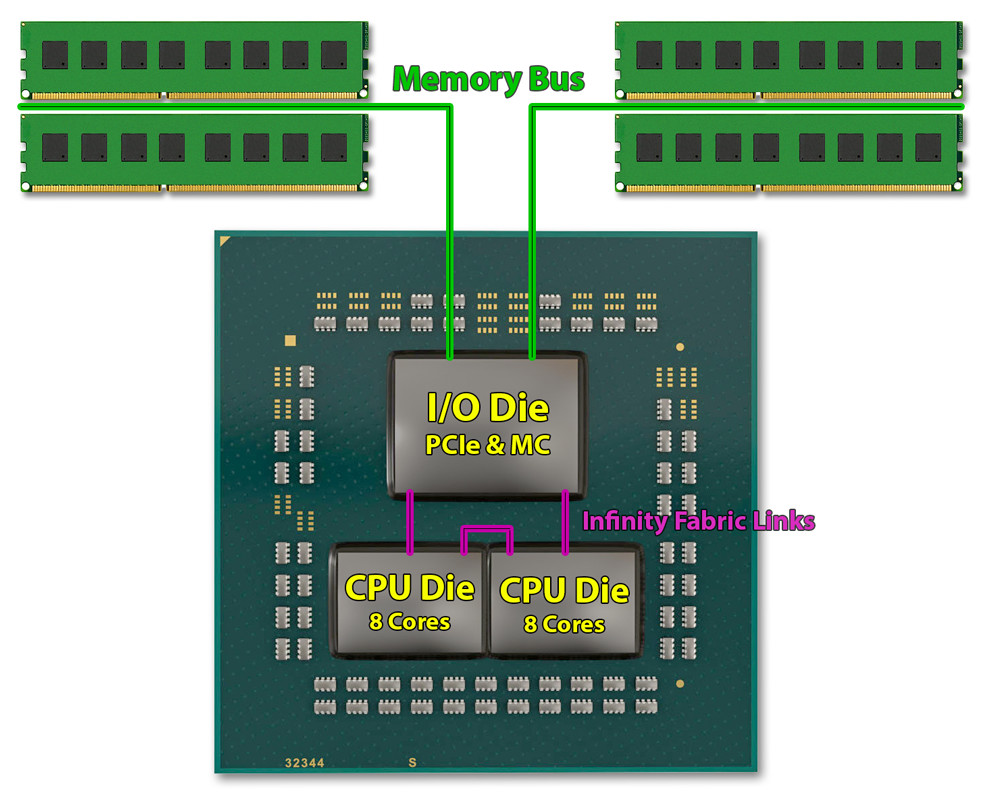- Joined
- Jun 2, 2017
- Messages
- 9,828 (3.33/day)
| System Name | Best AMD Computer |
|---|---|
| Processor | AMD 7900X3D |
| Motherboard | Asus X670E E Strix |
| Cooling | In Win SR36 |
| Memory | GSKILL DDR5 32GB 5200 30 |
| Video Card(s) | Sapphire Pulse 7900XT (Watercooled) |
| Storage | Corsair MP 700, Seagate 530 2Tb, Adata SX8200 2TBx2, Kingston 2 TBx2, Micron 8 TB, WD AN 1500 |
| Display(s) | GIGABYTE FV43U |
| Case | Corsair 7000D Airflow |
| Audio Device(s) | Corsair Void Pro, Logitch Z523 5.1 |
| Power Supply | Deepcool 1000M |
| Mouse | Logitech g7 gaming mouse |
| Keyboard | Logitech G510 |
| Software | Windows 11 Pro 64 Steam. GOG, Uplay, Origin |
| Benchmark Scores | Firestrike: 46183 Time Spy: 25121 |
I really don't understand why some people think that this is not possible. I know it is different architecture but did not the same thing happen with the FX8150 4.5GHZ max vs the FX8350 over 5 GHZ OC possible. in terms of clock speed increase. Even the 1700 could not go past 4 GHZ but the 2700 goes to 4.3? Do you not think a node shrink of that size would not bring those types of gains. The Vega 64 was 1247-1546 base and the Vega 7 is 1400 - 1750 base. A CPU has way less cores than a GPU so does it not make sense that you would see bigger boost on the CPU side.






 And then you have the scheduler from the OS which might trow threads around like crazy. So slowing it down the thread. It might be a good idea from a heat perspective. Can you imagine one core out of 16 running at 6GHz and drawing all the 135W. Thermal stresses might ruing the CPU quickly.
And then you have the scheduler from the OS which might trow threads around like crazy. So slowing it down the thread. It might be a good idea from a heat perspective. Can you imagine one core out of 16 running at 6GHz and drawing all the 135W. Thermal stresses might ruing the CPU quickly.